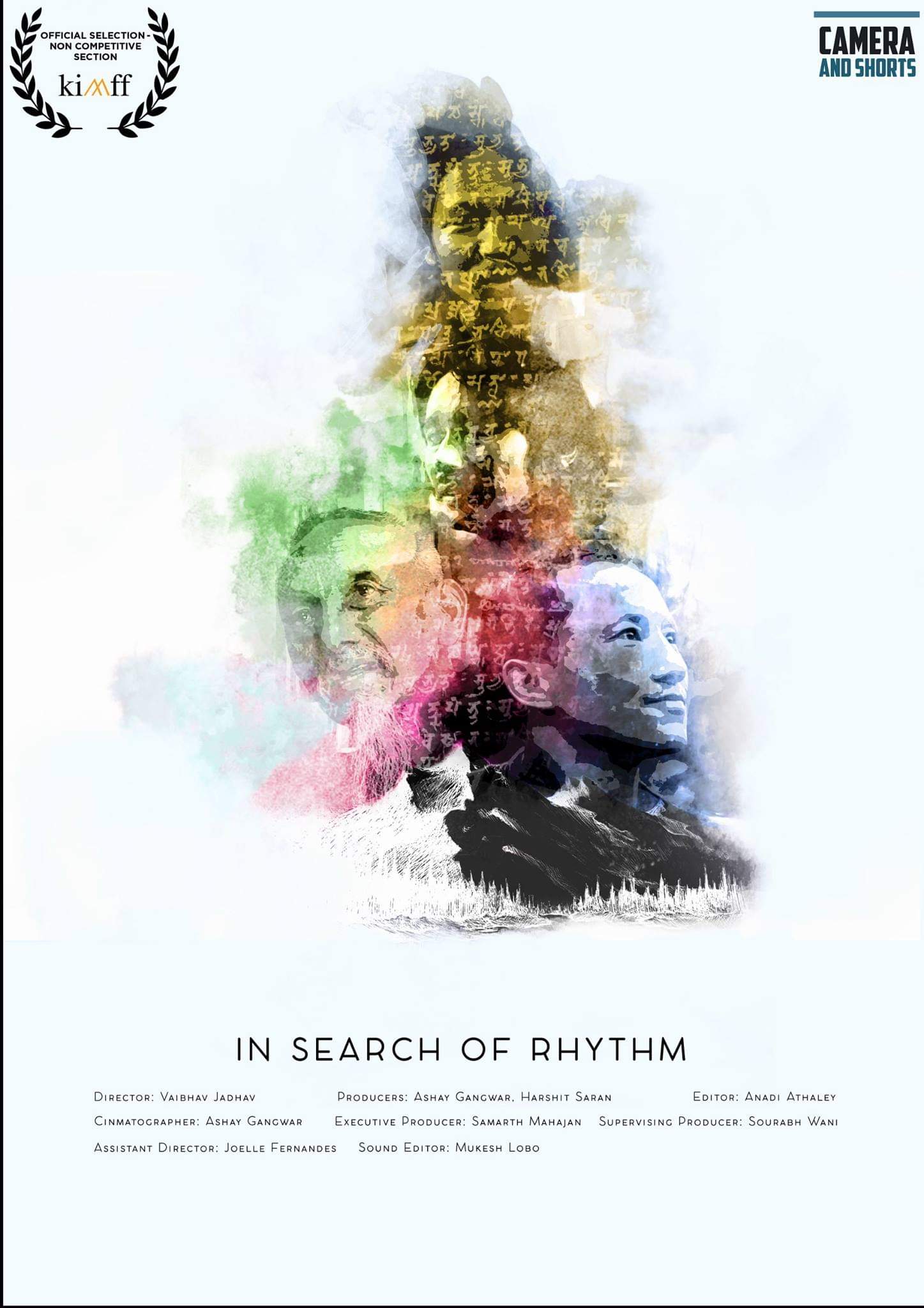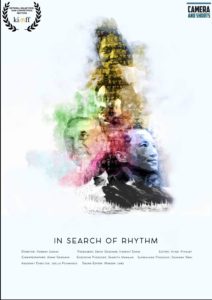
India Independent Documentary Short Film Review “In Search of Rhythm”
WATCH THE FILM HERE
First, the Recap:
Amity. Solidarity. Goodwill. Friendship. The goal of humanity should be notions such as this, a willingness to put aside differences or at least find the means to disagree in a way that still allows for understanding of opinion and a respect for what others might offer. However, there remains an animosity within the souls of so many who consider themselves the dominant force, and therefore choose to exert their will and own agenda upon others, forcing them from the home they’ve always known and into exile under pain of death or subjugation. This was the case in 1959 when the Chinese Army invaded Tibet, causing a mass exodus of humanity from their homeland to seek shelter elsewhere, especially in India.
Upon arriving, though, was it the welcoming freedom that they so desperately needed or a simply the transitioning to a new form of imprisonment, a culture not wanting them to meld with it or introduce their Tibetan ideas and societal norms. Rather it initially becomes a newly minted age of familial legacy being threatened and a sense of belonging lost to the standards and ideologies of Indian ways being lauded over these Tibetan strangers. But, the strength of a civilization and its survival, its longevity, history shows, is founded on those who are unwilling to bow to trials and tribulations and find the system to endure, not only in the scope of the individual’s life, but that of an entire nation. It is the preservation of heritage. This is their story.
Next, my Mind:
It sounds dramatic, perhaps overtly so, but make no mistake, it is the tone and execution of this eighteen minute indie documentary short film from director Vaibhav Jadhav, producers Ashay Gangwar and Harshit Saran, and executive producer Samarth Mahajan. The wonder and, in this case, acutely sobering and affecting reality that is life so deftly gets portrayed via the perspectives of four Tibetans whose own background now includes being refugees from their country thanks to the Chinese invasion, with the subsequent, ongoing oppression of their people that still continues on 60 years (57 at the time of filming) later. Settling in Dharamsala, India, the Tibetan people who fled their invaders attempted to find a new “home” plus a refreshed idea of integration and acceptance from their Indian “hosts”. However, this road became fraught with obstacles, with the stigma of being foreigners hesitantly welcomed, yet still maltreated, since Indian traditions, rules, practices automatically dictated the results of any situation involving a Tibetan. In short, while it might be freedom from the cruel Chinese occupation and its harsh treatment of Tibetan citizenry, there still existed a prejudice under the surface in India that was not easy to overcome.
Yet, overcome this they did as we hear directly about the challenges faced from Lhasang Tsering, an author, who recounts his personal experiences as a child being on the receiving end of the aforementioned differential treatment while at school, having done nothing wrong, yet effectively told he had no rights as a Tibetan, favor levied in the circumstance to the Indian student. There is rock star Jigme Tenzin of the group JJI Exile Brothers, who utilizes his gifts and skills to positively influence the upcoming generations via providing them an example of going the distance and persisting in a culture not their own while at the same time staying true to their own history and traditions. Maybe it’s the touching tale of painter Karma Sichoe, who speaks to learning about Tibetan lifestyle from elders in order to feel more connected to his own people and values. Then there is also musician Ngawang Losel, who recounts not having freedom of speech or expression, yet ultimately finding music as a source of peace and perhaps even a foundation of “resistance” against the repression so many Tibetans encountered. It is a small snapshot of a larger journey these men and so many other Tibetans still face when it comes to the primary desire they all share–a longing to go back to their real home.
It’s intimate and grounded actuality as shared by interviewees such as those highlighted in this project that really make documentary filmmaking what it is, as it is such a more penetrating, insightful, and honestly impactful outlook gained by obtaining said reality from those who’ve actually lived the occurrences being explored, tangibly feeling their emotions, empathizing with their plights, and cheering on their willingness to buck the odds and provide voices of hope to us all. Visually, the film embraces this by not only encompassing each of these men’s stories as individuals and giving us images of their unique personalities and talents in action, but also managing to showcase the beauty of Tibetan artistry, passion, and principals, even as they realize they have learned so much themselves about others who have had no concept of borders, and have achieved at least some normalcy in India while trying to best the idea of being a refugee there. Yet, their actual birthright, their natural inheritance, their true heart remains for Tibet, which of course is totally understandable and beautifully communicated here in the narratives provided by Tsering, Tenzin, Sichoe, and Losel.
In total, “In Search of Rhythm” is a statement to the world that transcends nations, ethnicity, politics, color, and race, not at all to belittle or forget the dilemmas of the Tibetan people, but rather serve as a reminder we need more awareness of it. For when we do indeed seek out our life’s rhythm, its cadence, its pulse, its patterns, may we adamantly hope and pray that reconnection as human beings can be rediscovered and the conflicts that separate us can be quelled and healed for the benefit of all.
As always, this is all for your consideration and comment. Until next time, thank you for reading!




